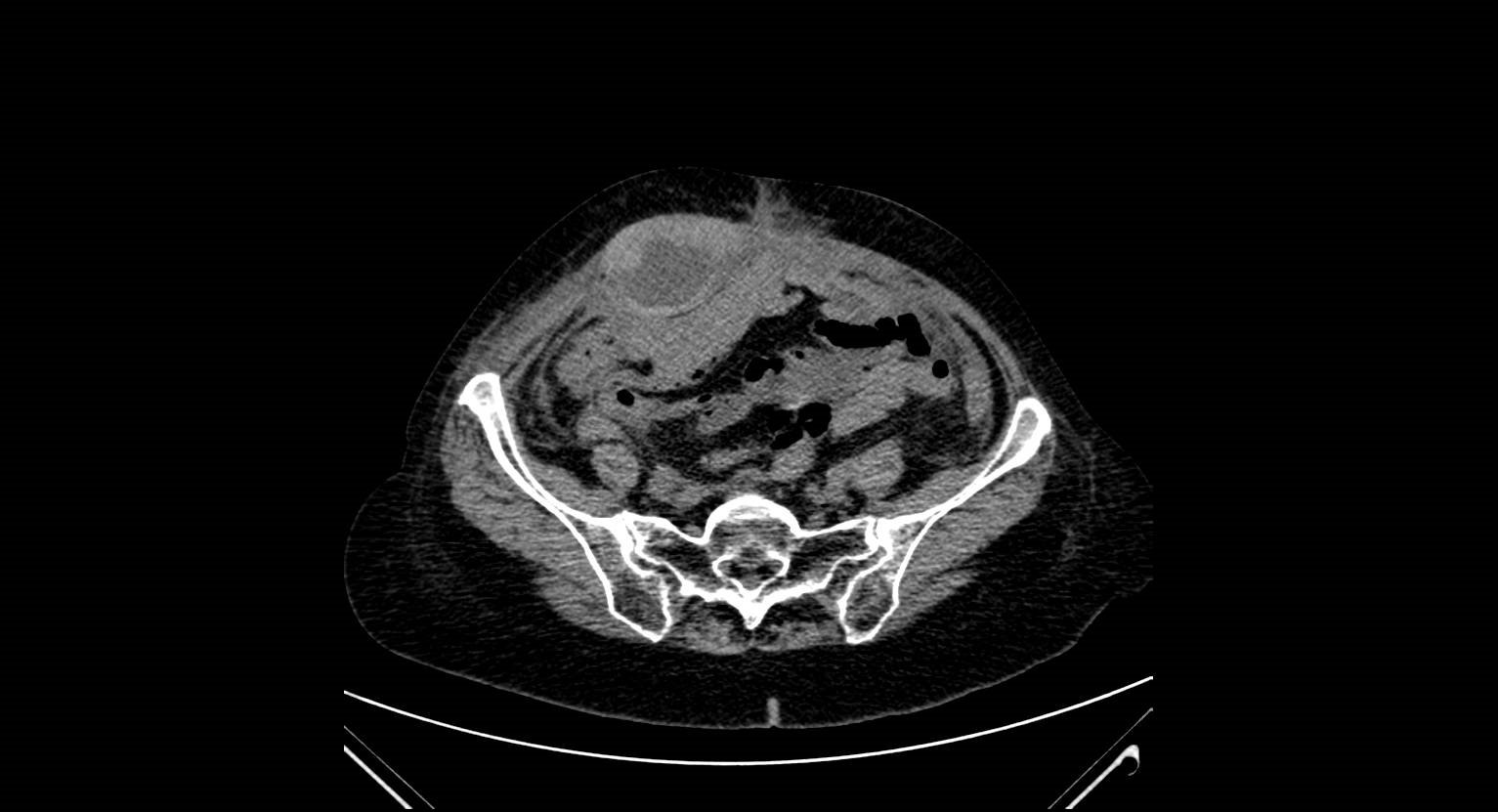Low-molecular-weight-heparin : it is not so easy as you could think
Introduction
This is the case of a -62-year-old woman with a diagnosis of gynecologic cancer and a pulmonary embolus. She was receiving chemotherapy and a therapeutic dose of a low-molecular-weight-heparin (LMWH) . She had a single daily dose of a 1,5 mg/per Kilo, calculated in base on her body weight.
Clinical evolution
The patient went to the hospital because of the presence of high fever and chills . Her blood test showed a grade 4 neutropenia and grade 1 thrombocytopenia. Her kidney function was normal.
During her stay in the Emergency Department (ED) the patient received her daily dose of heparin and she was transferred to the ward. Once there, the intern prescribed the dose of heparin in the Electronical Medical Record (EMR) to the afternoon of the next day, because this was the usual procedure for most of the patients with prophylactic heparin. But, instead of having her afternoon dose the next day, the patient had a second therapeutic dose the same day, because the pharmacy provided a day before the dose prescribed for the next day.
Clinical outcome

Heparin overdose and bleeding into the abdominal wall.
Comment
- LMWH can be used in two ways, therapeutic and prophylactic , with different dose and schedule. In this clinical case, the dose was changed in the electronical medical record in the afternoon, thinking in the usual timetable for the prophylactic indication in our facility.
- There was an automatic action when the nurse received the afternoon dose from the pharmacy.
- The main factors associated with this therapeutic error were the lack of supervision about a previous therapeutic dose (the morning dose in the ED was erased at the moment the intern changed the EMR) and the wide indication of prophylactic heparin administered in the afternoon.
Author: Lorenzo Alonso, MD
FORO OSLER



